Python for SEO, Explained for Beginners
But here’s the truth: SEO is filled with repetitive, time-consuming tasks that Python can automate in minutes. Things like checking for broken links, scraping metadata, analyzing rankings, and auditing on-page SEO are all doable with a few lines of...

Python can feel intimidating if you’re not a developer. You see scripts flying around Twitter, hear people talking about automation and APIs, and wonder if it’s worth learning—or even possible—without a computer science degree. But here’s the truth: SEO is filled with repetitive, time-consuming tasks that Python can automate in minutes. Things like checking for broken links, scraping metadata, analyzing rankings, and auditing on-page SEO are all doable with a few lines of code. And thanks to tools like ChatGPT and Google Colab, it’s never been easier to get started. In this guide, I’ll show you how to start learning. SEO is full of repetitive, manual work. Python helps you automate repetitive tasks, extract insights from massive datasets (like tens of thousands of keywords or URLs), and build technical skills that help you tackle pretty much any SEO problem: debugging JavaScript issues, parsing complex sitemaps, or using APIs. Beyond that, learning Python helps you: And in 2025, you’re not learning Python alone. LLMs can explain error messages. Google Colab lets you run notebooks without setup. It’s never been easier. LLMs can tackle most error messages with ease—no matter how dumb they may be. You don’t need to be an expert or install a complex local setup. You just need a browser, some curiosity, and a willingness to break things. I recommend starting with a hands-on, beginner-friendly course. I used Replit’s 100 Days of Python and highly recommend it. Here’s what you’ll need to understand: Before you can write any Python code, you need a place to do it — that’s what we call an “environment.” Think of it like a workspace where you can type, test, and run your scripts. Choosing the right environment is important because it affects how easily you can get started and whether you run into technical issues that slow down your learning. Here are three great options depending on your preferences and experience level: My blog reporting program, built in heavy conjunction with ChatGPT. You don’t need to start here—but long-term, getting comfortable with local development will give you more power and flexibility as your projects grow more complex. If you’re unsure where to start, go with Replit or Colab. They eliminate setup friction so you can focus on learning and experimenting with SEO scripts right away. You don’t need to master Python to start using it for SEO, but you should understand a few foundational concepts. These are the building blocks of nearly every Python script you’ll write. These are my actual notes from working through Replit’s 100 Days of Python course. These concepts may sound abstract now, but they come to life once you start using them. And the good news? Most SEO scripts reuse the same patterns again and again. Learn these fundamentals once and you can apply them everywhere. These are the bread-and-butter skills you’ll use in nearly every SEO script. They’re not complex individually, but when combined, they let you audit sites, scrape data, build reports, and automate repetitive work. The Pandas library is unbelievably useful for data analysis, reporting, cleaning data, and a hundred other things. Once you know these four skills, you can build tools that crawl, extract, clean, and analyze SEO data. Pretty cool. These projects are simple, practical, and can be built with fewer than 20 lines of code. One of the simplest yet most useful checks you can automate with Python is verifying whether a set of URLs is using HTTPS. If you’re auditing a client’s site or reviewing competitor URLs, it helps to know which pages are still using insecure HTTP. This script reads a list of URLs from a CSV file, makes an HTTP request to each one, and prints the status code. A status code of 200 means the page is accessible. If the request fails (e.g., the site is down or the protocol is wrong), it will tell you that too. Missing alt text is a common on-page issue, especially on older pages or large sites. Rather than checking every page manually, you can use Python to scan any page and flag images missing an alt attribute. This script fetches the page HTML, identifies all <img> tags, and prints out the src of any image missing descriptive alt text. With this script, you can input a list of URLs, extract each page’s <title> and <meta name=“description”> content, and save the results to a CSV file. This makes it easy to spot missing, duplicated, or poorly written metadata at scale — and take action fast. If you’re an Ahrefs customer with API access, you can use Python to tap directly into our data, fetching backlinks, keywords, rankings, and more. This opens the door to large-scale SEO workflows: auditing thousands of pages, analyzing competitor link profiles, or automating content reporting. For example, you could: Here’s a simple example to fetch backlink data: You’ll need an Ahrefs API subscription and access token to run these scripts. Full documentation and endpoint details are available in the Ahrefs API docs. Patrick Stox, aka Mr Technical SEO, is always tinkering with Python, and he’s made tons of free tools and scripts freely available in Google Colab. Here are a few of my personal favorites: One of Patrick’s scripts in Colab. Learn more about this forecasting script in Patrick’s guide to SEO forecasting. Python is one of the most impactful skills you can learn as an SEO. Even a few basic scripts can save hours of work and uncover insights you’d miss otherwise. Start small. Run your first script. Fork one of Patrick’s tools. Or spend 30 minutes with Replit’s Python course. It won’t take long before you’re thinking: why didn’t I do this sooner?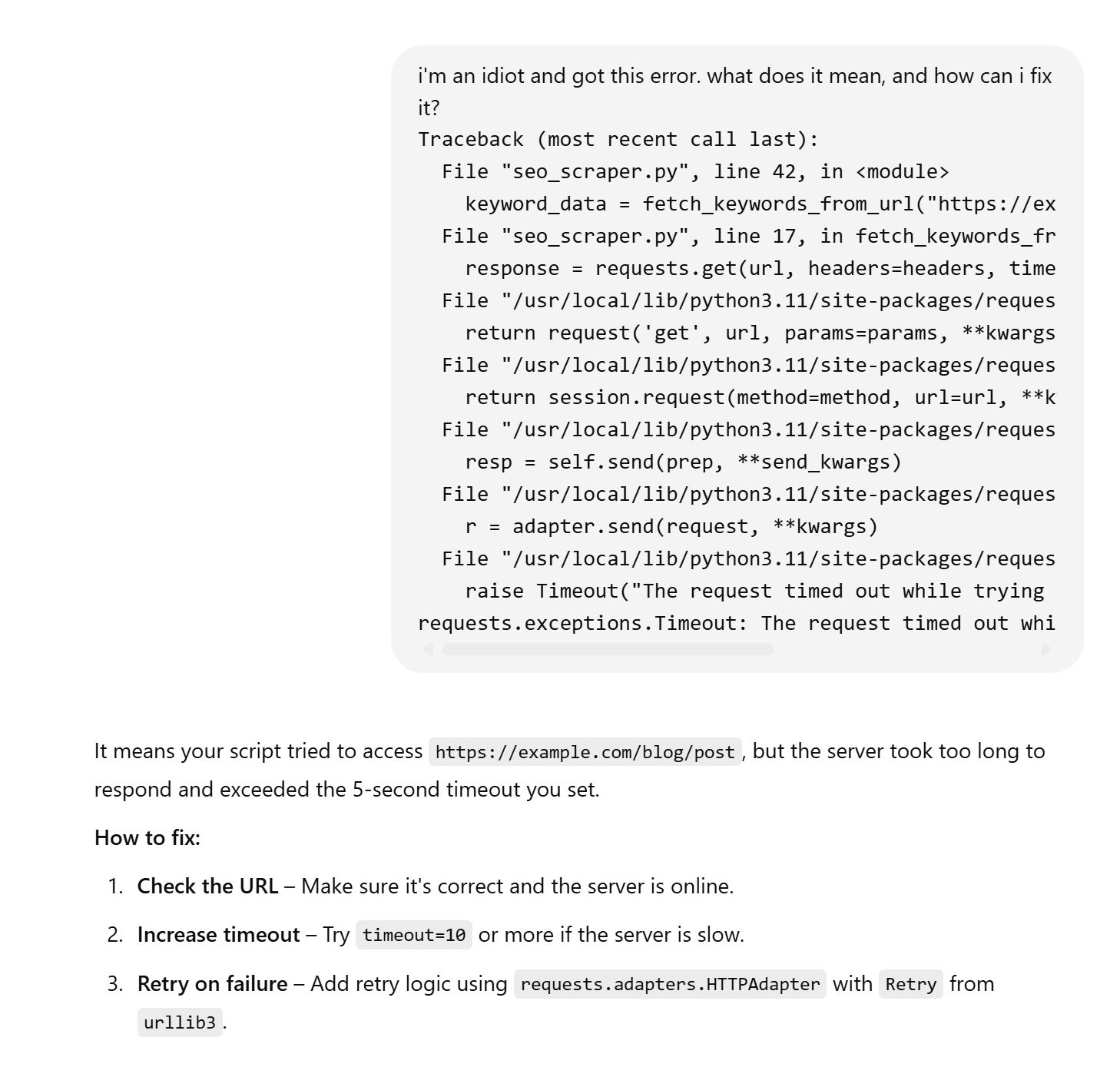
1. Tools to write and run Python
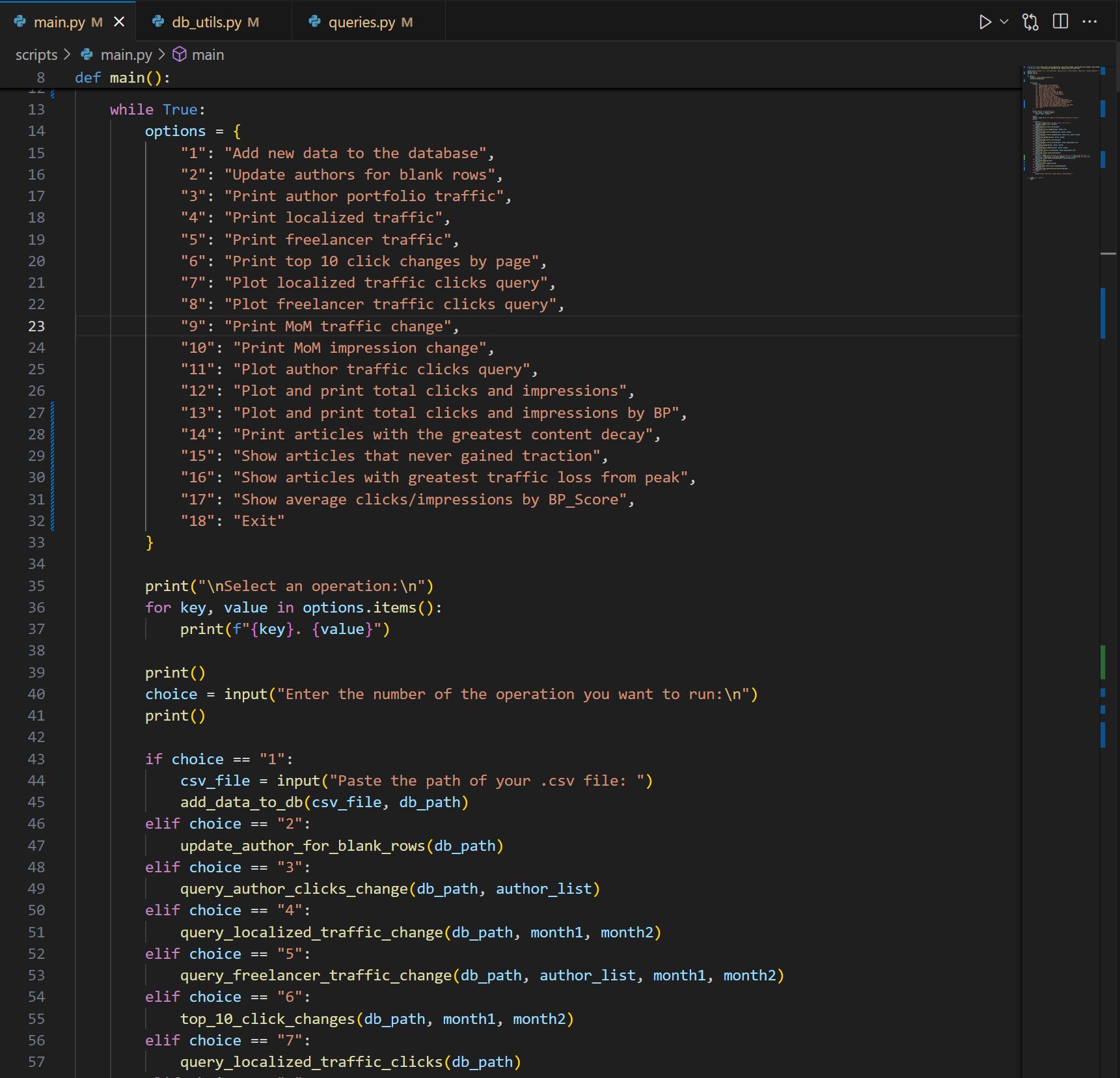
2. Key concepts to learn early
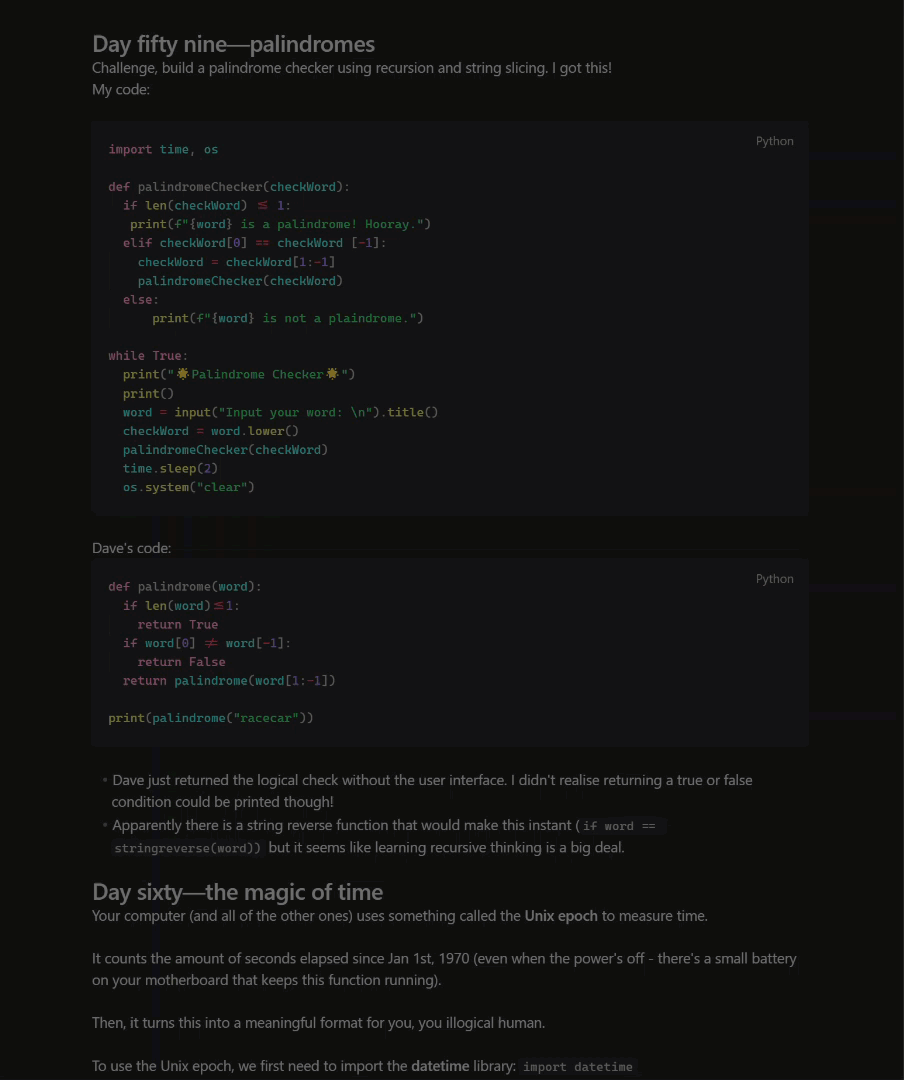
3. Core SEO-related Python skills
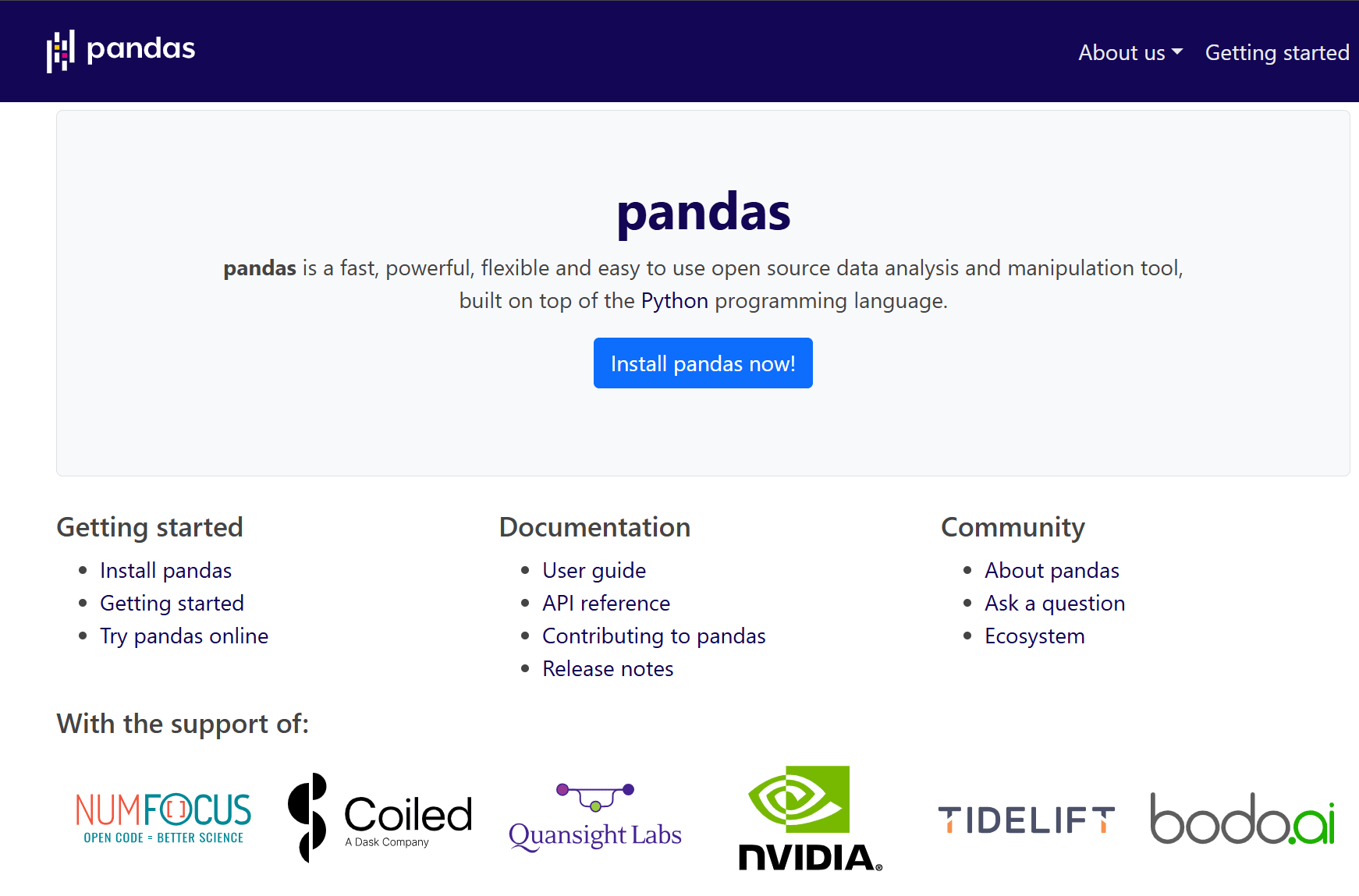
1. Check if pages are using HTTPS
2. Check for missing image alt attributes
3. Scrape title and meta description tags
4. Using Python with the Ahrefs API
Page title similarity report: Google often rewrites page titles in search results. This tool compares your submitted titles (via Ahrefs data) with what Google actually displays, using a BERT model to measure semantic similarity. Ideal for large-scale title audits. Run the script here.
Traffic forecasting script: Featured in our SEO Forecasting guide, this script uses historical traffic data to predict future performance. Great for setting expectations with clients or making the case for continued investment. Run the script here.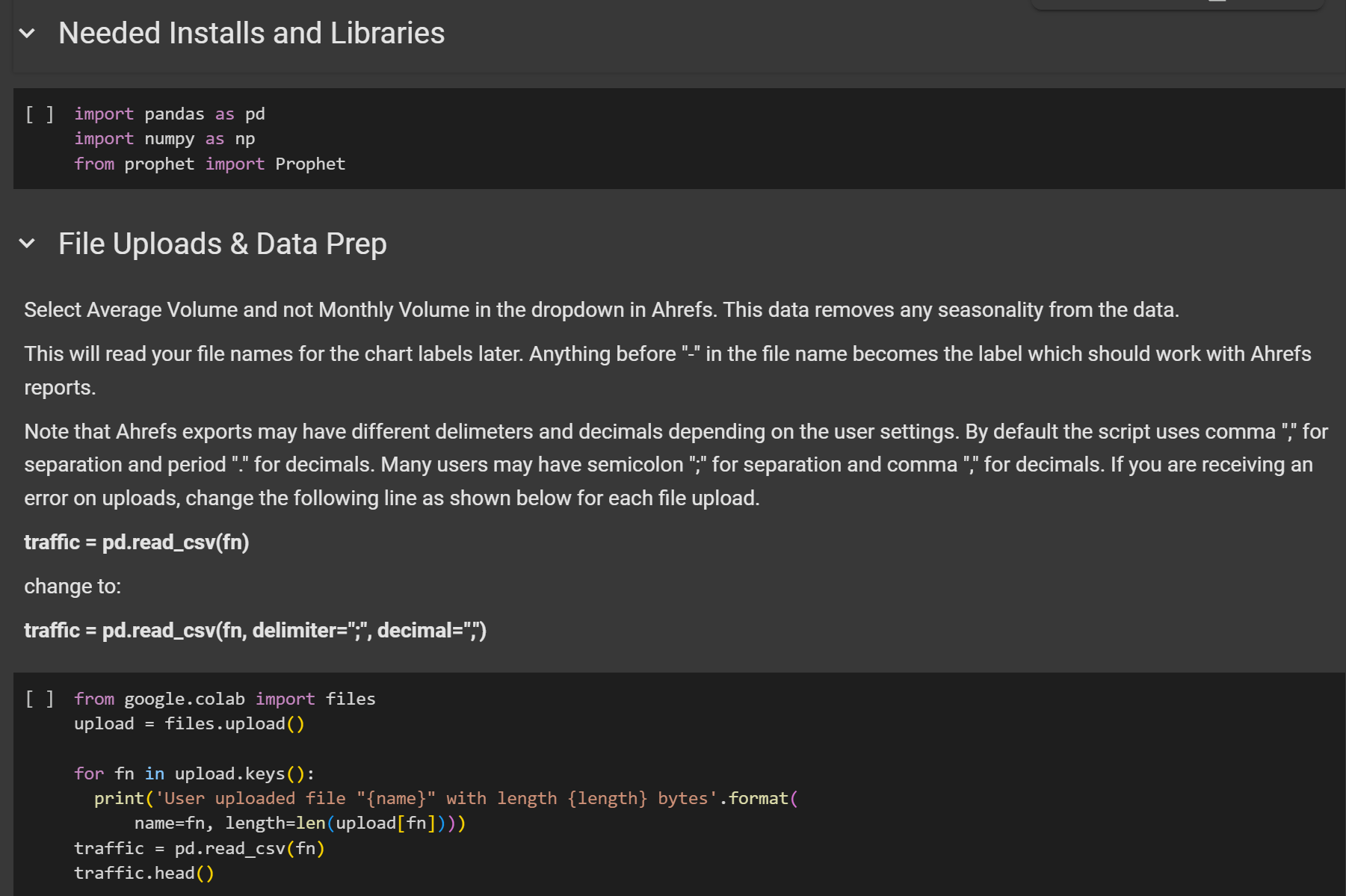
Final thoughts

 Tfoso
Tfoso 









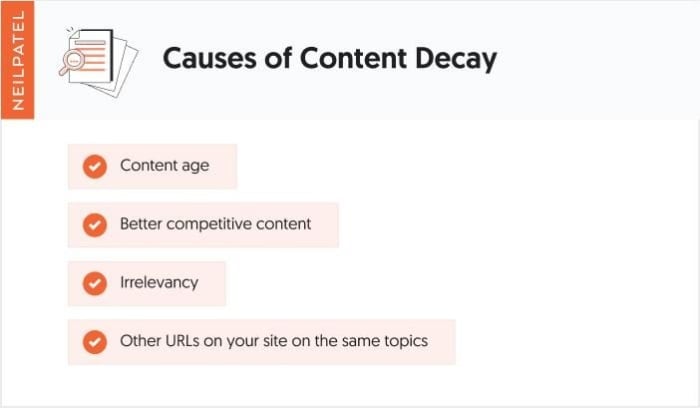









![The 2026 AI Search Benchmark Every SEO Leader Needs [Webinar] via @sejournal, @lorenbaker](https://www.searchenginejournal.com/wp-content/uploads/2025/11/1-259.png)










